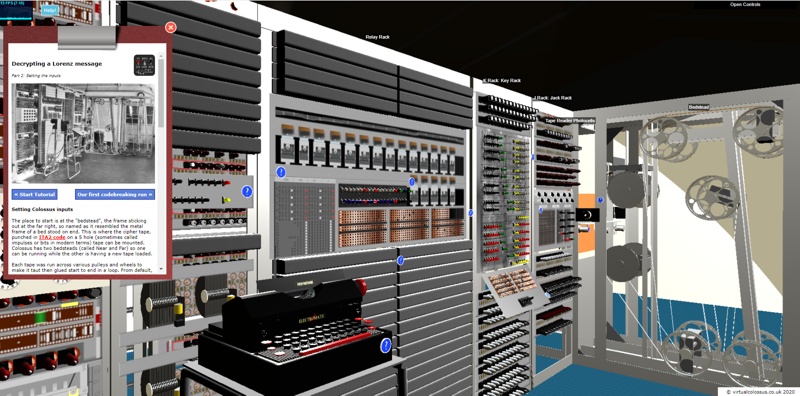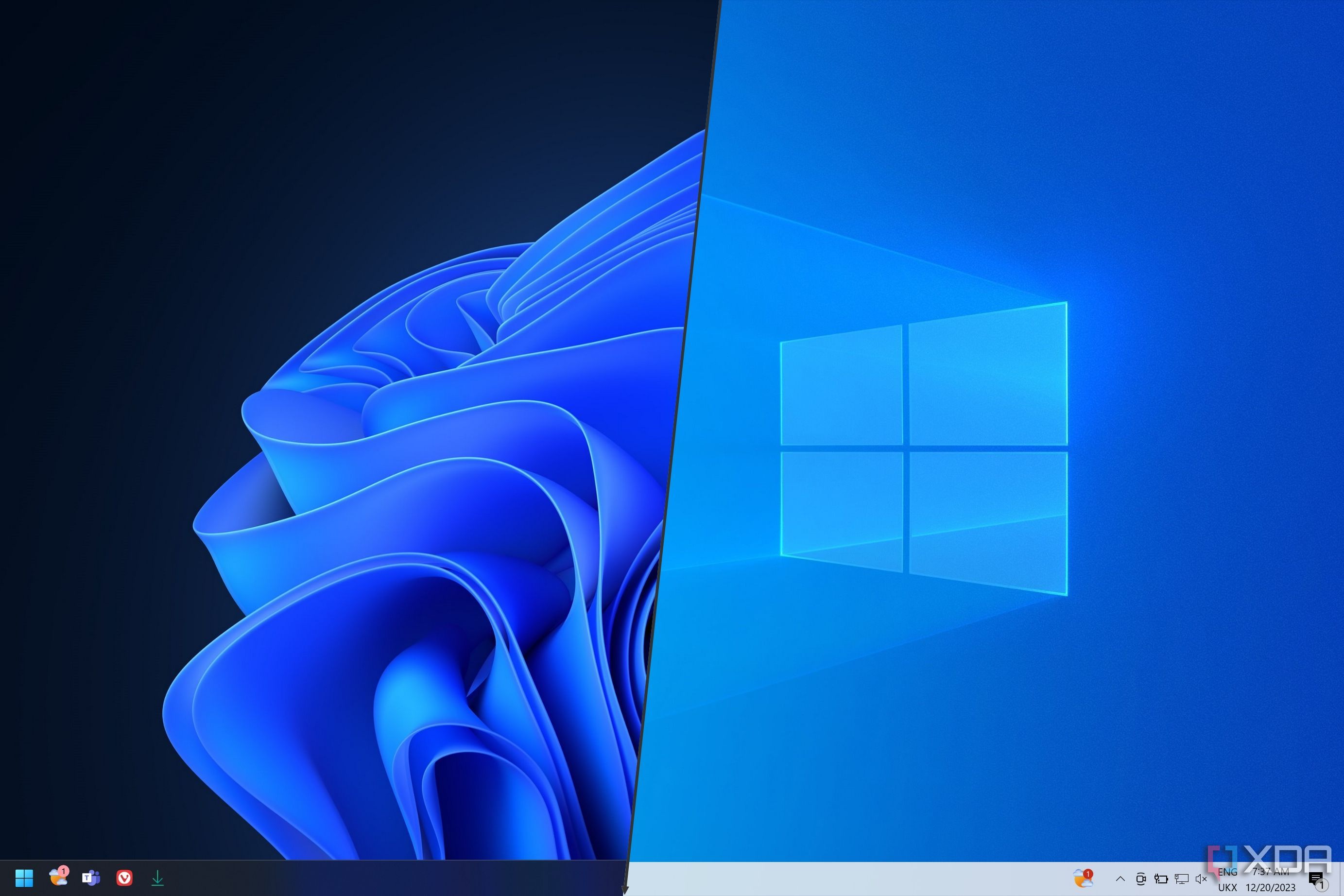
In a groundbreaking development that has captured the attention of technology enthusiasts and historians alike, the legendary Alan Turing’s Automatic Computing Engine (ACE) is being transformed into a fully operational virtual machine. This ambitious project, spearheaded by Martin Gillow, aims to breathe digital life into the ACE, allowing users to interact with a piece of history that laid the foundational principles for modern computing.
The ACE virtualization initiative is not Gillow’s first venture into bringing historic computational devices back to life in the digital realm. His previous work includes the Virtual Colossus, which has received substantial updates and improvements in recent years. With the aid of advanced technologies and digital platforms, Gillow’s projects have become a cornerstone in preserving and educating about the pioneering machines that shaped the digital age.
This particular venture is part of a broader series of virtual reality experiences curated by The National Museum of Computing (TNMOC), located in the UK. TNMOC has long been at the forefront of preserving and showcasing the rich history of computing, and the virtual ACE is poised to become a key exhibit in their collection.
The virtual ACE, like Gillow’s earlier Virtual Colossus, leverages the power of modern 3D graphics and web technologies to faithfully recreate the original machine’s capabilities and interface. By utilizing tools such as the three.js JavaScript library and Blender for 3D modeling, the project aims to offer an immersive and interactive digital experience that mirrors the operation of the original ACE.
For those unacquainted, Alan Turing’s ACE was among the first designs for a stored-program computer, highlighting Turing’s visionary contributions to the field of theoretical computer science and artificial intelligence. While various practical considerations and limitations of the era prevented the full realization of Turing’s initial designs, the ACE prototype that was eventually constructed proved to be a significant step forward in computing.
The decision to render the ACE as a virtual machine not only serves as a tribute to Turing’s legacy but also opens up new educational pathways. Students, researchers, and the general public will soon have the opportunity to explore and interact with this iconic machine, gaining insights into the early challenges and achievements in the development of computing technology.
As the project progresses towards completion, anticipation grows within the tech community and beyond. The virtual ACE represents a bridge between the past and the present, offering a tangible link to the pioneering work of one of the most influential figures in the history of computing. This initiative, alongside the Virtual Colossus and other virtual machines hosted by TNMOC, underscores the importance of preserving and understanding our digital heritage.
For more information on the virtual ACE and other historic computer virtualizations, enthusiasts are encouraged to visit the official TNMOC website and the Virtual Colossus project page. Through these digital reconstructions, the legacy of early computing pioneers continues to inspire and educate future generations about the transformative power of technology.
Source






